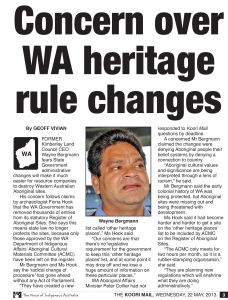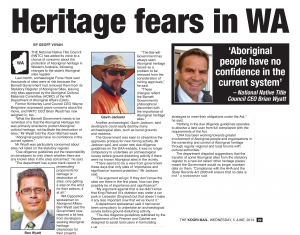The Koori Mail
Text by GEOFF VIVIAN
Police, the WA government and Aboriginal community organisations agree that night patrols are an essential service.
Teams of trained Aboriginal workers drive through the streets of Perth and regional towns at night, stopping to speak to stranded countrymen who are often intoxicated or otherwise distressed.
They then offer them a lift home, or to emergency accommodation
In July 2013 the WA Aboriginal affairs minister ordered a review of the service, with a view to extending it.
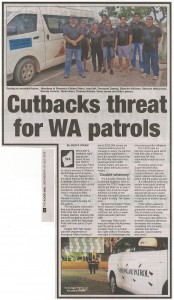 Meanwhile the Commonwealth Attorney General, who part-funded the service in Broome and Perth, decided to cut funding for the patrols by 37 and 20 per cent respectively.
Meanwhile the Commonwealth Attorney General, who part-funded the service in Broome and Perth, decided to cut funding for the patrols by 37 and 20 per cent respectively.
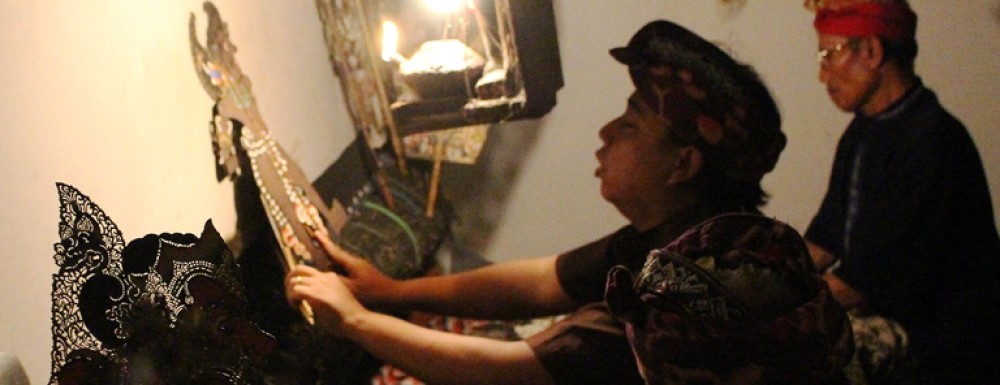
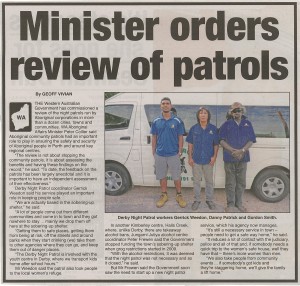
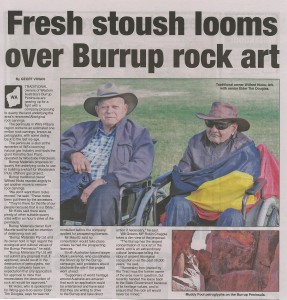
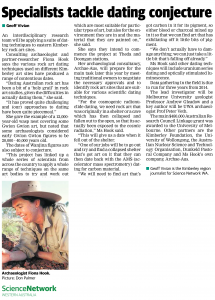
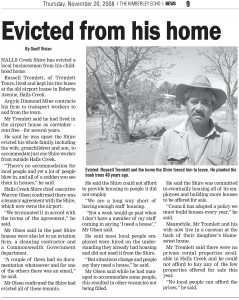
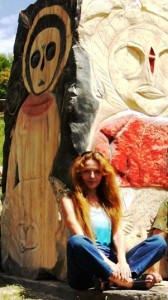

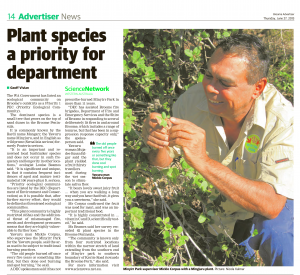
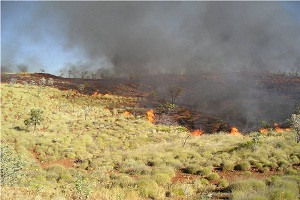 Ecological anthropologist Associate Professor Rebecca Bliege-Bird says key game species are more plentiful near Western Desert communities and well-used roads, where people frequently light hunting fires.
Ecological anthropologist Associate Professor Rebecca Bliege-Bird says key game species are more plentiful near Western Desert communities and well-used roads, where people frequently light hunting fires.